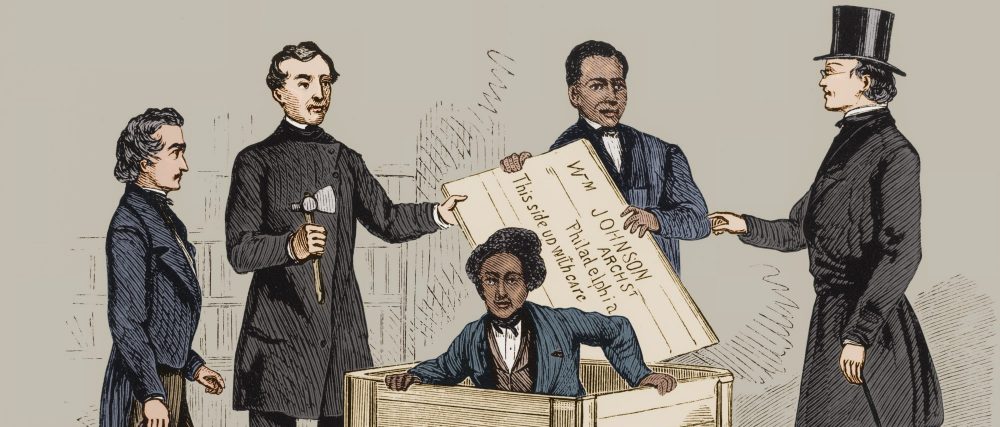“Many slave owners came to take greater interest in the lives (and general welfare) of American-born slaves –with whom they had sometimes grown up –than in those of newly purchased Africans who appeared strange and ‘savage.’ More important still, the growing number of blacks in America, the increased size of holdings, and the more equal sex ratios provided greater opportunities for finding spouses than had previously existed. During the half century before the War for Independence, second- and third-generation American slaves built a new system of family relations to replace that shattered by the slave trade; basic family patterns that would persist through the antebellum period became established, patterns that resembled in broad outline those found among white Americans but that differed from them in important specifics.” –Peter Kolchin, American Slavery, p. 50
Primary Sources
- Charles Ball, Slavery in the United States (1837)
- William Byrd II, Diary selections (National Humanities Center)
Secondary Sources
- The Slave Holder, Friends of John Dickinson Mansion [WEB]
- Gary B. Nash and Jean R. Soderlund, Freedom By Degrees (1991) [GOOGLE BOOKS]
Cultural Sources
Slave Life at Mount Vernon (Fairfax Co Public Schools)
“Roots” (1977)
